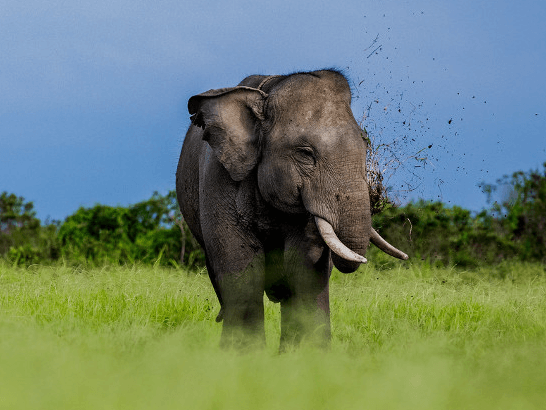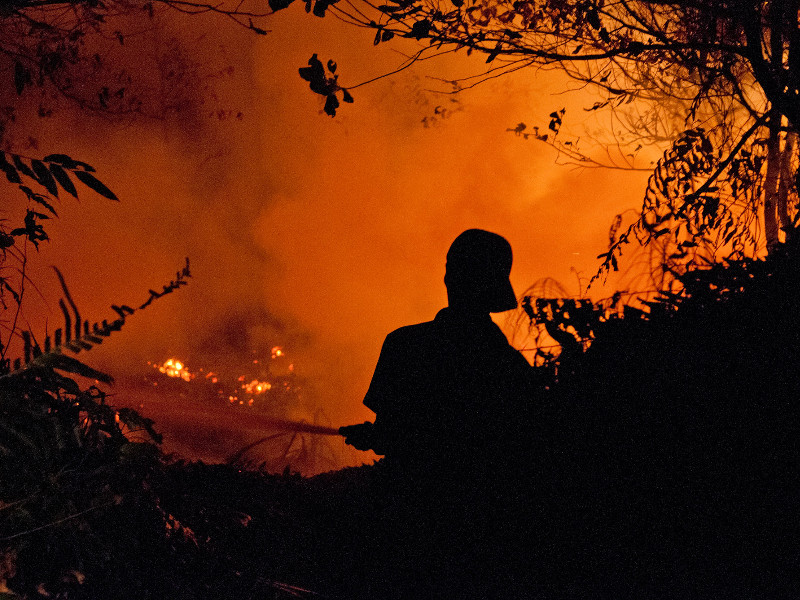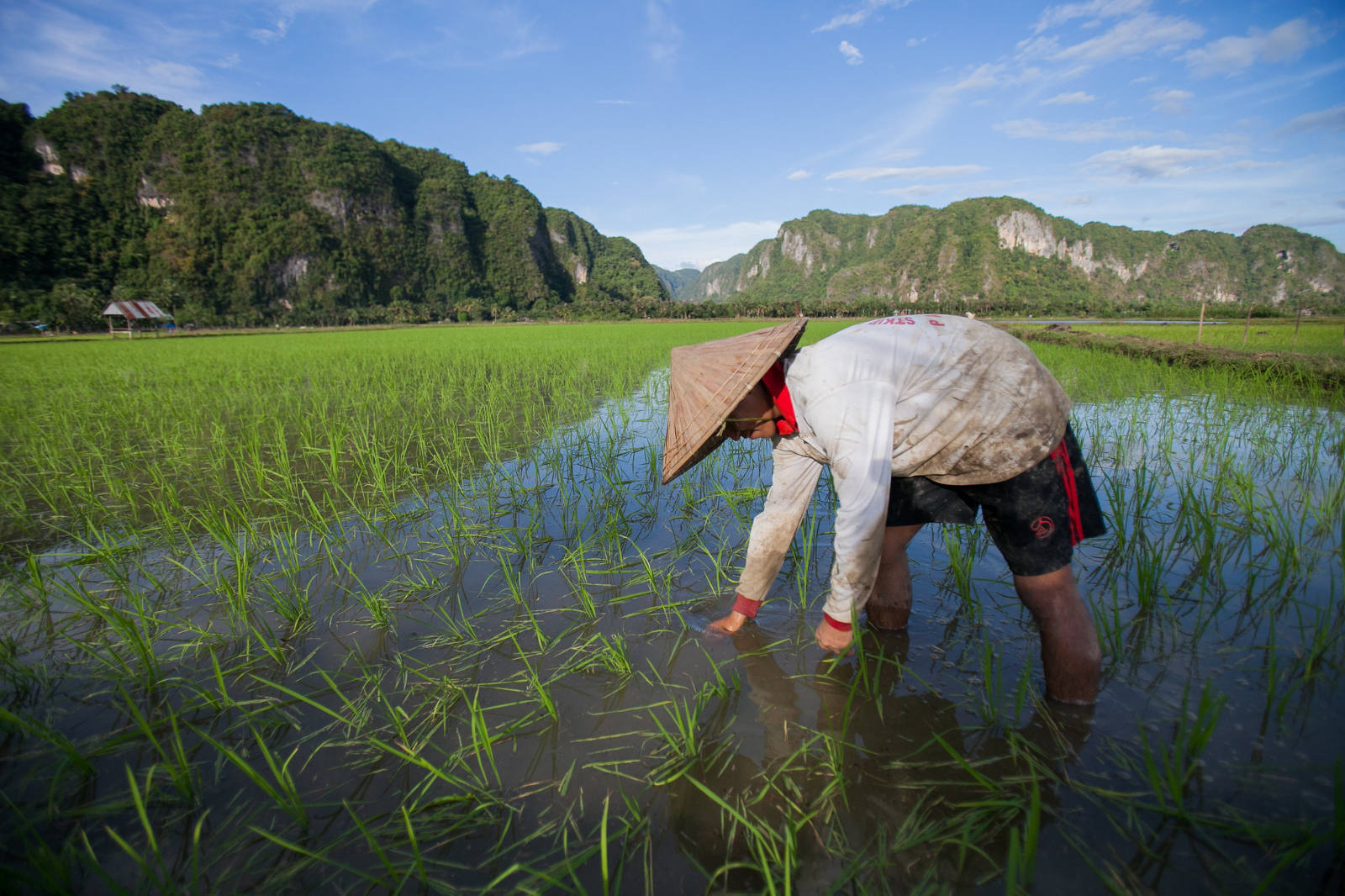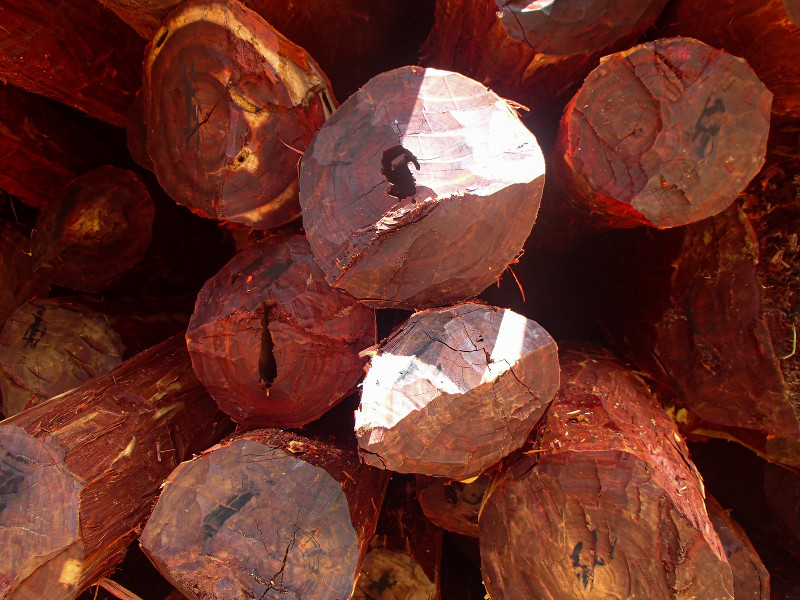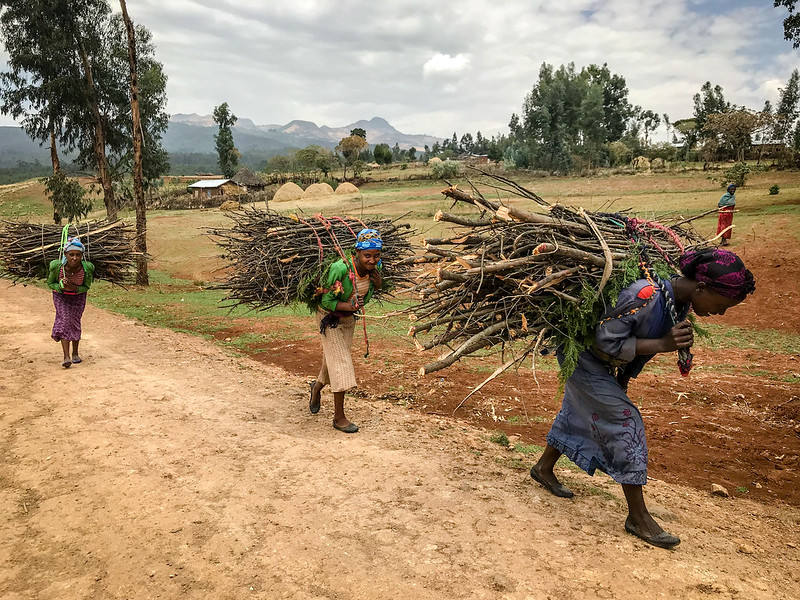Mounting land-use pressures in Southeast Asia’s uplands are progressively reducing fallow periods in rotational cultivation systems, diminishing their ability to support ecological functions or provide useful resources. Forest regeneration is hindered by extended cropping cycles and intensified tillage, which damage tree stumps and roots. Frequent fires further suppress the growth of emerging seedlings while strengthening the competitive dominance of Imperata cylindrica, a rhizomatous grass. As a result, previously forested slopes are rapidly degrading into treeless grasslands, prompting farmers to lament that “there is nothing left to burn.” This phase represents an unstable transition in land-use intensification—traditional long-fallow rotations are no longer viable, yet permanent cropping is not yet necessary. In response, researchers and farmers have taken an interest in certain “fallow species” from the daisy family (Asteraceae/Compositae), which offer potential solutions to this challenge.
DOI:
https://doi.org/10.1079/9781800620117.0039
Dimensions Citation Count:












